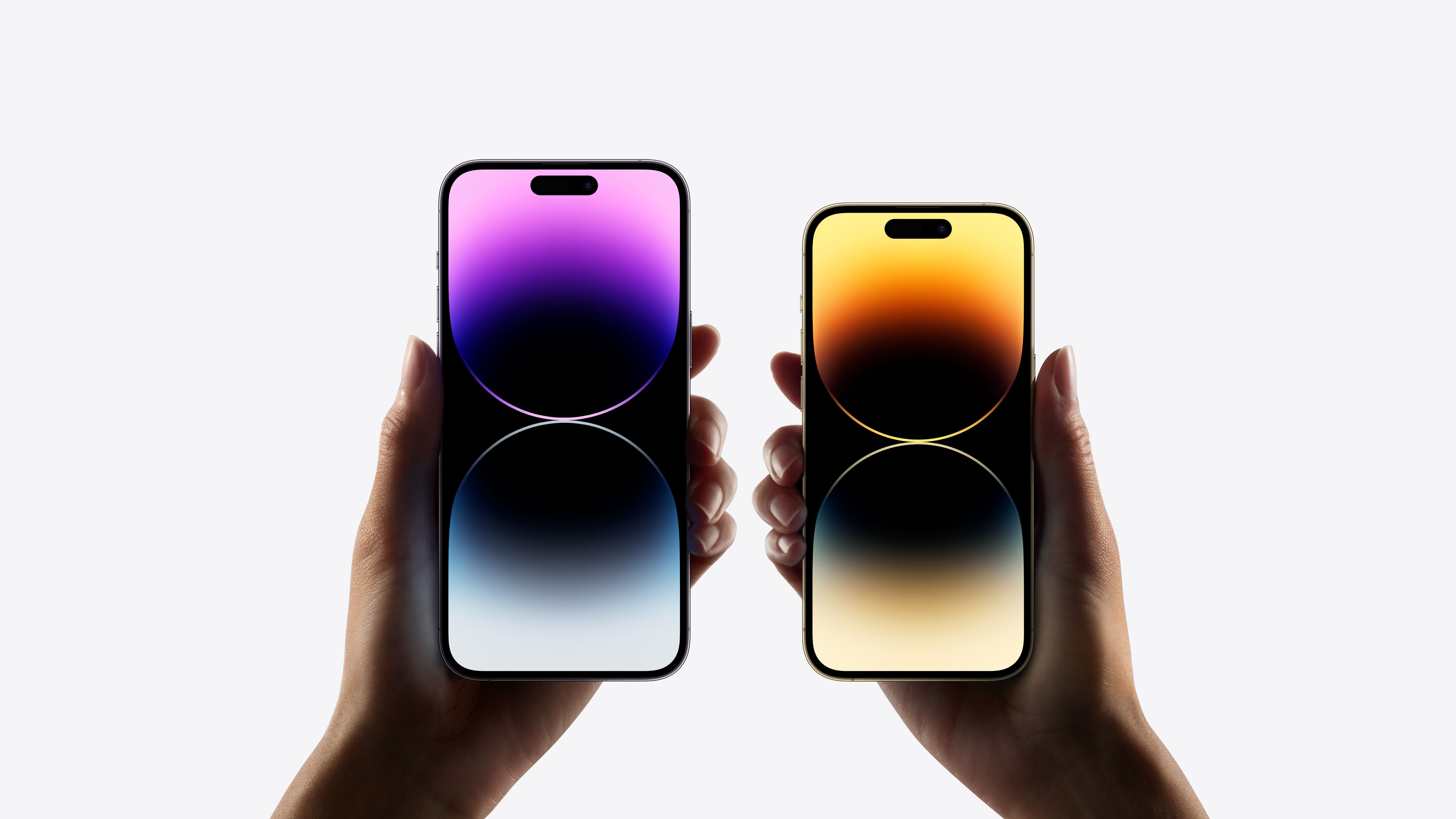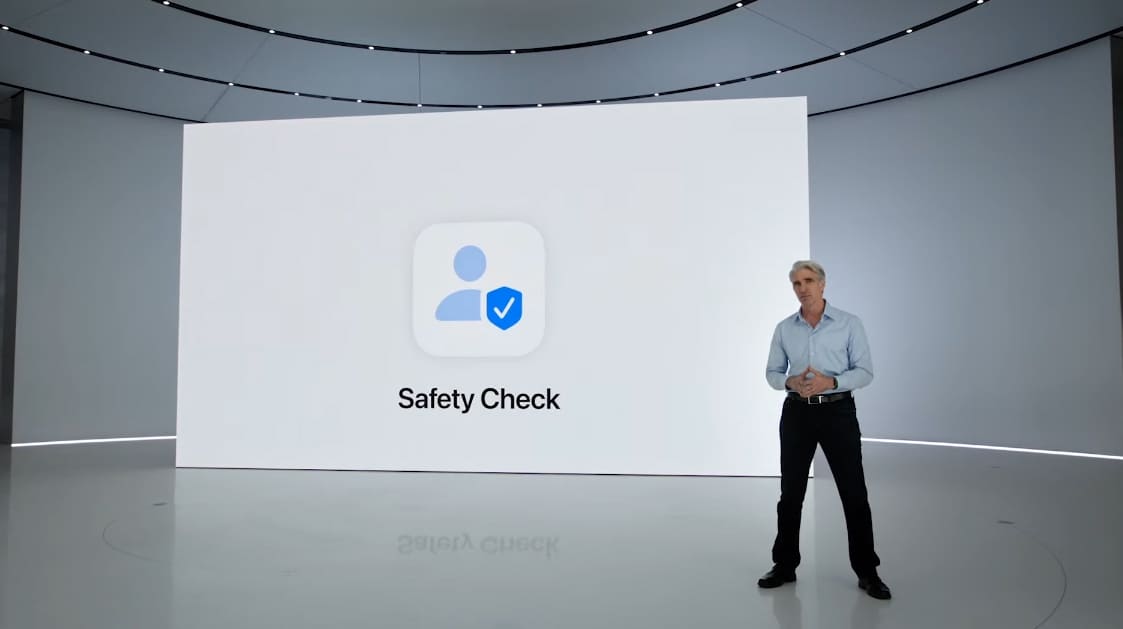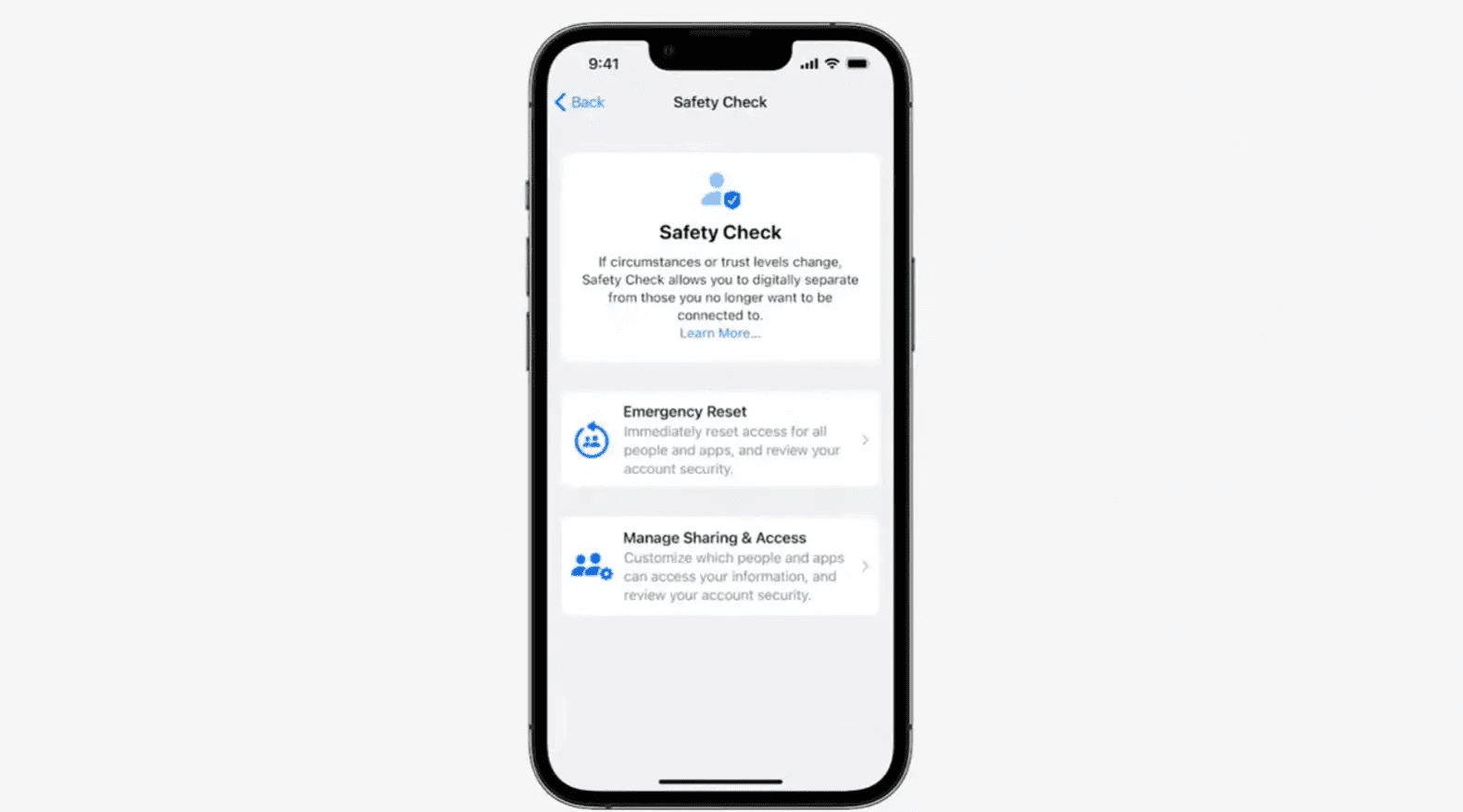What iOS 16's New Safety Check Feature Means for App Developers

Table of Contents
When Apple announces iOS updates, they often receive mixed reactions from customers and developers. After all, while an update might improve a user's experience, it can also create new hoops that mobile app developers must jump through to launch their apps.
The new iOS 16 Safety Check feature should not cause any particular difficulties for developers, but it is a great opportunity to explore and improve your business's current privacy practices.
The goal of Safety Check is to ensure that users have control over what data is being shared and who is receiving it. The best way to ensure that customers feel comfortable with your app accessing their data is to create a sense of transparency and compliance from day one.
Enzuzo helps mobile app developers become compliant with iOS requirements quickly. Click the button below to get started for free.
What is Safety Check?
Safety Check is a feature of iOS 16 that was primarily created to help protect users who are in dangerous situations, such as relationships that involve domestic violence or abuse. According to the Centers for Disease Control and Prevention, approximately 25% of women and 10% of men have experienced some form of intimate partner violence in their lifetimes. While mobile devices can serve as a form of support and connection, they are also a potential weapon that abusers use to track and control their partners.

With Safety Check, users can easily revoke access to information on their devices. This is especially critical for people who may have previously granted data access to partners who now pose a threat to their safety and lives. Through Safety Check, users can clearly see who has access to their information and use an emergency reset button that allows them to instantly sign out of all other devices and reset privacy permissions.
Why should Safety Check matter to developers?
While Apple created Safety Check as a means of offering protection to victims of domestic violence, it is not limited to that purpose. Safety Check also enables users to see which apps have access to their data.
They can use the "Manage Sharing & Access" feature to:
- See a list of all of the third-party apps that they have installed on their devices
- Identify what data apps have been granted permission to access
- Disable access to any data they may have previously agreed to share
Collecting and processing data is an important part of a user's interaction with a mobile app, and businesses can miss out on opportunities for engagement if that access is eliminated. Because Safety Check makes it so painless for users to cut off data access, your business must build trust with users so that they feel safe when sharing their data via your app.

How can developers create trust with users?
There are more than two million apps available through the Apple App Store. With such an enormous number of options for users to choose from, developers must focus on creating an experience that stands apart and offers unique value. This applies not only to creating engaging content but also to using strategies that make apps more secure and trustworthy.
Maintaining Privacy Compliance
Developing logical and realistic privacy regulations for mobile apps began as a somewhat slow process as governments and regulatory bodies around the world tried to grapple with the rapidly changing capabilities of technology. Today, regulations like the General Data Protection Regulation from the European Union and the California Consumer Privacy Act have very strict requirements for privacy measures on mobile apps.
Failure to comply with these privacy regulations can result not only in hefty fines but also in a loss of user trust. Businesses with compliance violations are often publicly rebuked for their negligence, garnering the attention of the media and their customers. To genuinely assure users that their data is secure, developers must focus on ensuring and maintaining compliance with all necessary regulations.
Including Privacy Features
Even if an app complies with regulations in a technical sense, the way that privacy features are incorporated into the app can nevertheless fail to foster a sense of trust.
For example, if a user has to conduct a thorough search of the various elements of your app to learn how you are using their data, they may fear that you have something to hide.
Incorporating easy-to-use privacy features can help solve this problem. These include readily accessible:
- Privacy policy
- Terms of service
- EULA
- Account and data deletion buttons or links
- Requests for users to access their own data
- Revoking permission to access data
When customers can quickly locate and use privacy features such as these, they are given a greater sense of control over the data that they share.
Clearly Communicating Policies
While it's necessary to place policies in obvious locations, they serve very little purpose if they are presented as an incomprehensible mishmash of legal jargon. Users should be able to easily understand and interpret your privacy policies and terms of service so that they have a full understanding of:
- What data you are collecting
- Why you are collecting it
- How it is processed and stored
- Who else, if anyone, has access to the data
Using a mobile app privacy policy generator is an excellent way to ensure that your policy is thorough, detailed, and straightforward.
Limiting and Explaining Permission Requests
When you ask a user to grant your app permission to access information, you are asking them to trust you. It's important to respect that trust by limiting your requests to only the information that you really need. In 2021, 40% of the top 1,500 apps in the United States requested permission to access a user's background location. If you are going to ask to track a user's movements or collect other private or sensitive data, you should be able to explain why. Furthermore, you should offer that explanation directly to the user before they grant permission.
Making registration optional
Gathering a user's name, birthday, and email address can be valuable, but it can also be offputting to customers who don't see a need for you to have such information. If registration is not essential, consider allowing users to have full access to your app without creating an account or using a social media login. Instead, offer an optional registration process after customers have:
- Had the opportunity to see what value your app has to offer
- Gotten a better understanding of your company's privacy policies and terms of service
- Established trust that their data will not be misused
- Seen how registration will improve their user experience
By giving customers the option to register rather than requiring it from the outset, you give them more power and reduce their anxiety about sharing data through your app.
How can developers ensure their Apps are compliant?
Features like Safety Check make important contributions to protecting the lives and identities of mobile device users. Rather than seeing Safety Check as a fast way for users to cut off your access to their data, you can benefit from the opportunity to strengthen your users' sense of trust in your mobile app. You can achieve this by making your business both compliant and open about data use and privacy.
It can be overwhelming to not only be aware of but also fully understand all of the privacy regulations that you have to follow when developing your app. The privacy tools from Enzuzo make it simple to create clear policies and stay up to date on any changing regulations. Reach out to the data privacy experts at Enzuzo to learn more.

Paige Harris
Paige is the growth marketing lead at Enzuzo and host of The Living Lab podcast, providing insightful articles in the privacy space.
